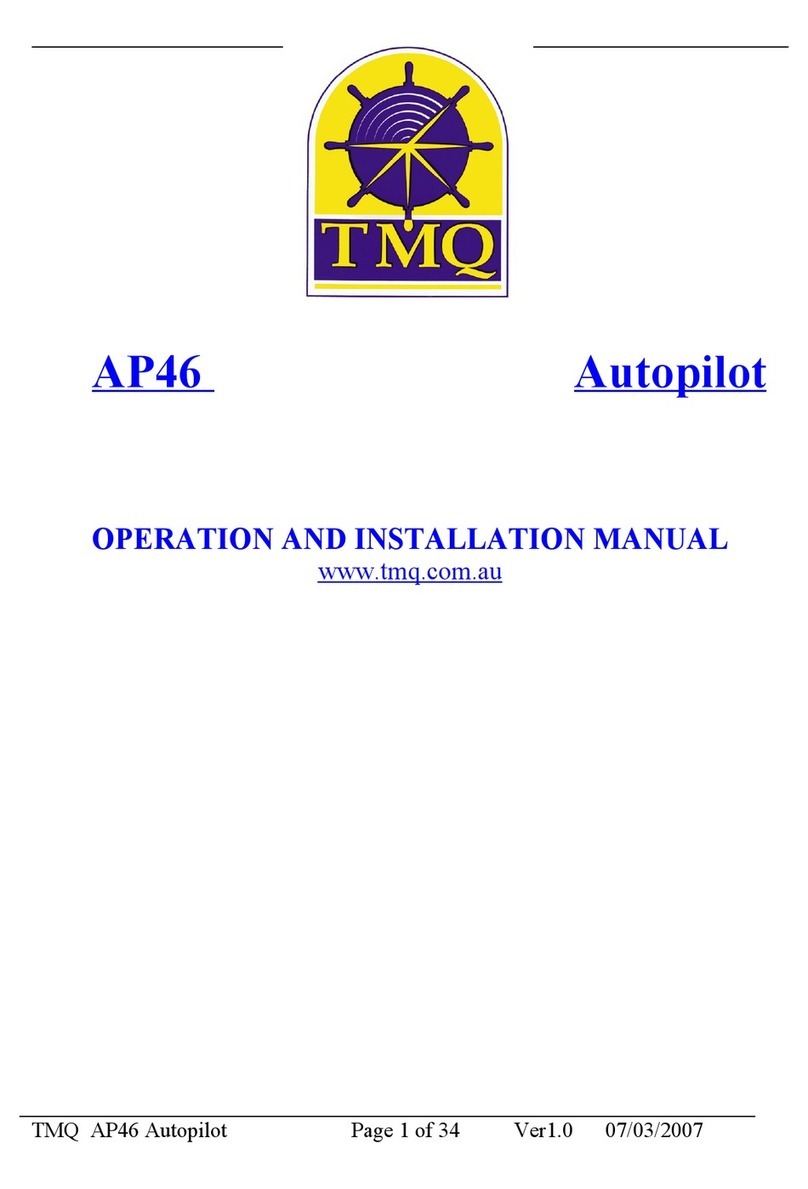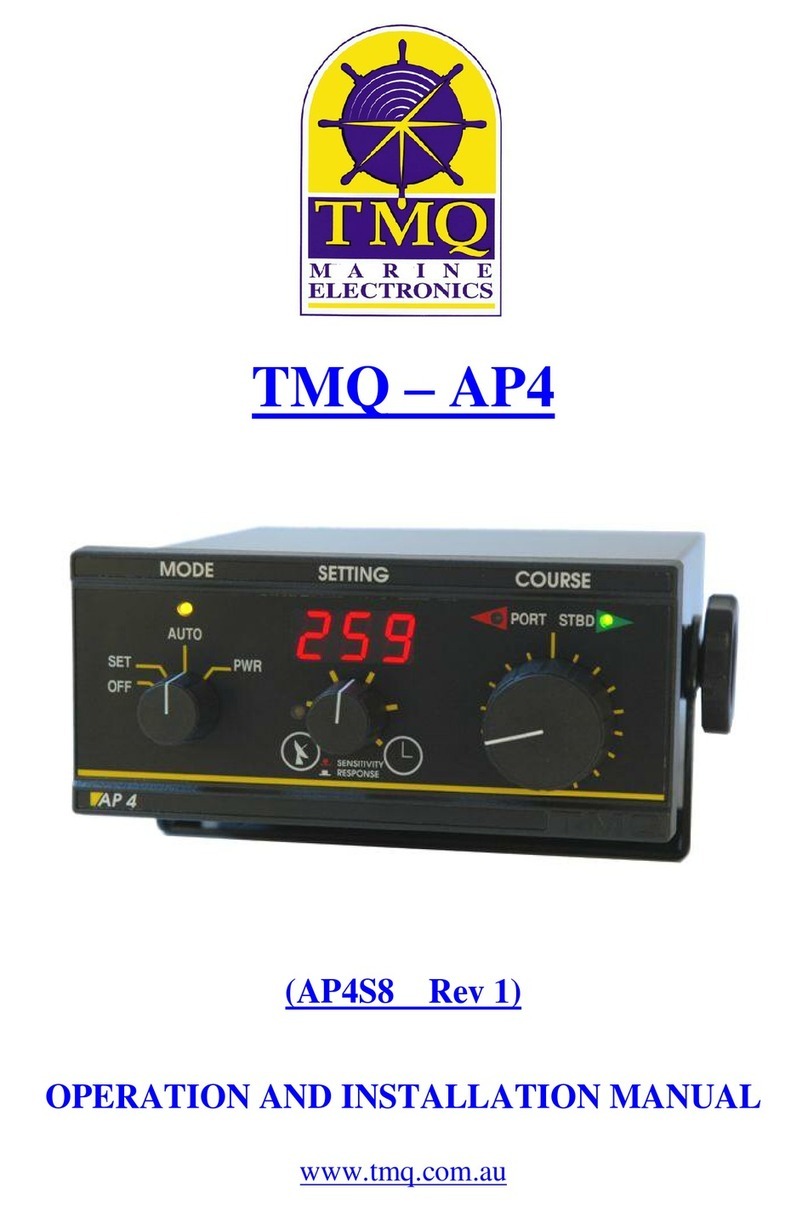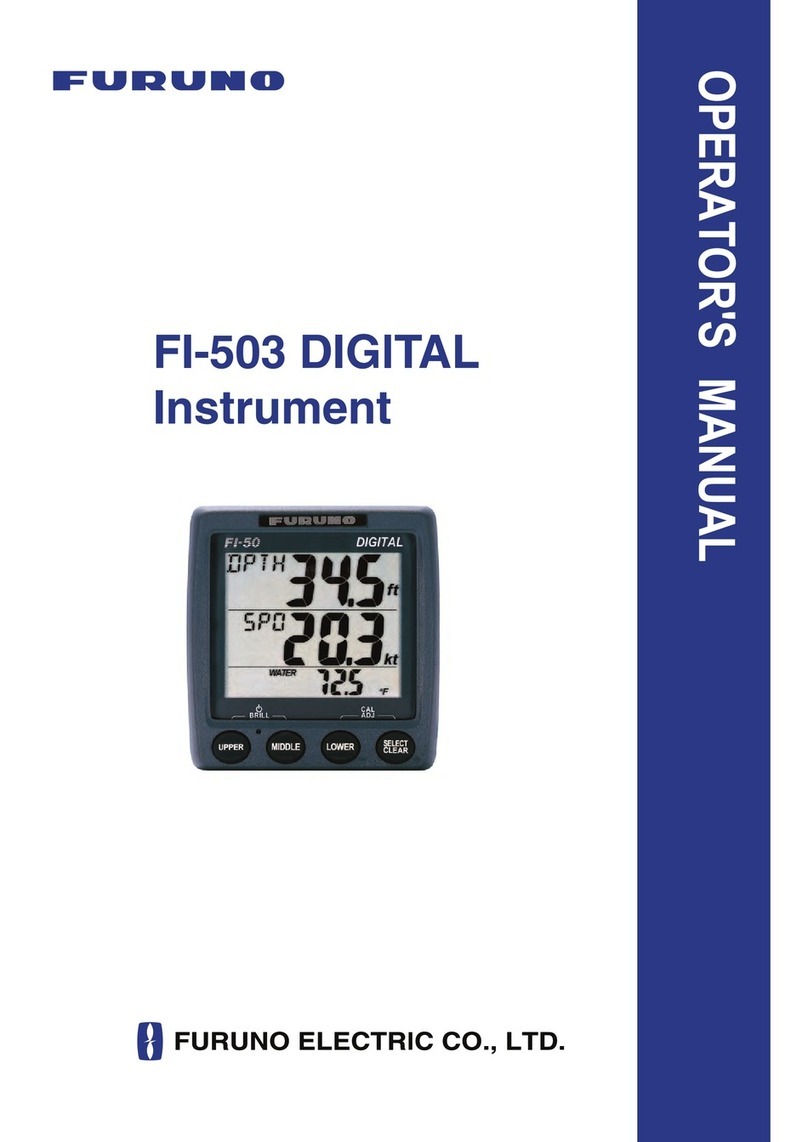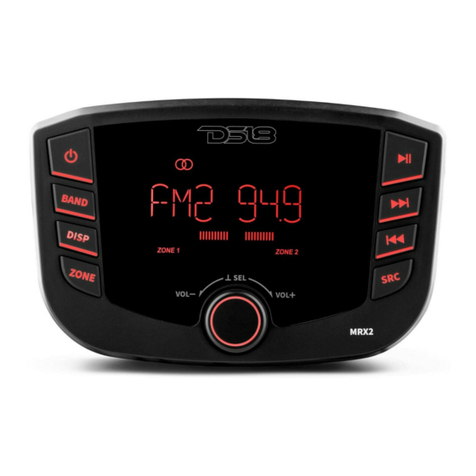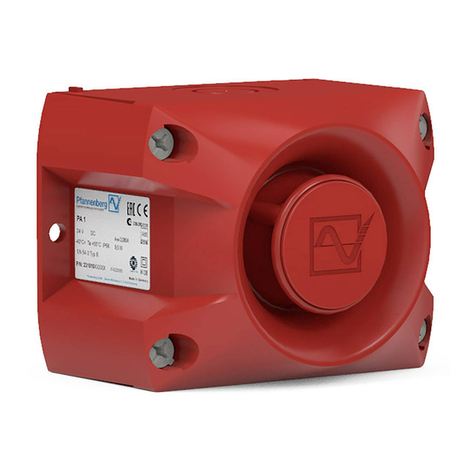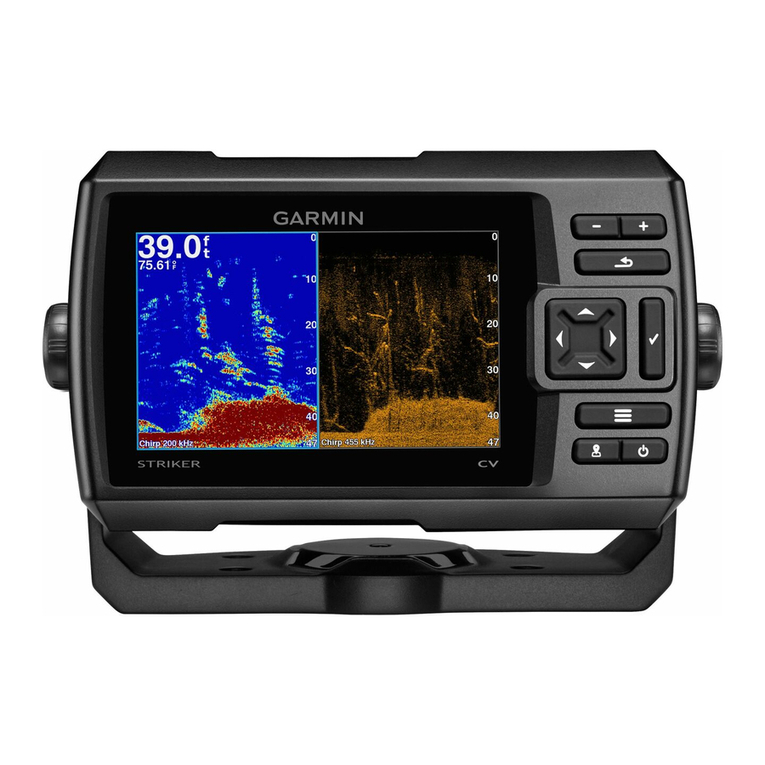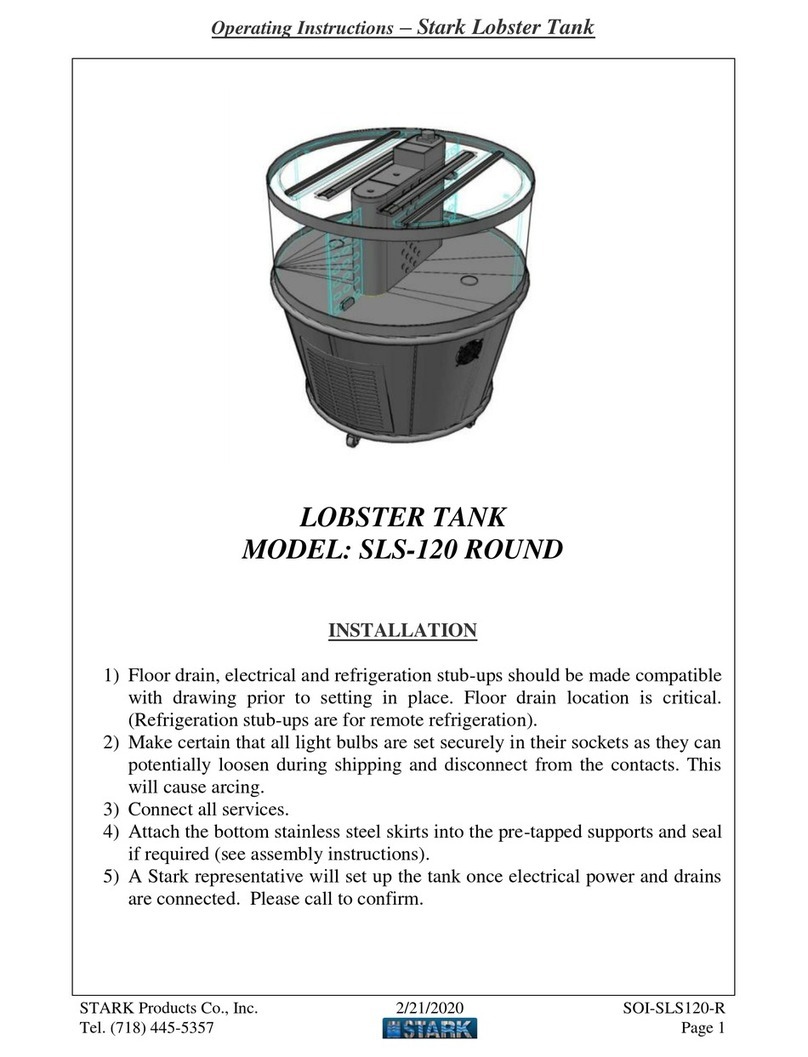TMQ Bosun-AP9 Specification sheet

TMQ Bosun - AP9
(Ver 4 Rev 1 935)
OPERATION AND INSTALLATION MANUAL
www.tmq.com.au

TMQ Bosun - AP9 Rev1 (935) Page 2 16/06/2003
This Page is Blank

TMQ Bosun - AP9 Rev1 (935) Page 3 16/06/2003
Contents
WARNING ................................................................................................................... 5
INTRODUCTION........................................................................................................... 6
SYSTEM OVERVIEW.................................................................................................... 7
MODES OF OPERATION ............................................................................................... 9
Standby Mode ........................................................................................................9
Auto Mode............................................................................................................10
Power Steering Mode...........................................................................................11
GPS Mode............................................................................................................12
Stopwatch Timer Mode ........................................................................................15
CONTROLS................................................................................................................ 16
Rate-of-Turn Control ...........................................................................................16
Weather................................................................................................................17
Counter-Rudder ...................................................................................................18
Trim......................................................................................................................19
Rudder Limit ........................................................................................................20
Rudder (Rudder Ratio) Control ...........................................................................21
INSTALLATION AND CONFIGURATION....................................................................... 22
Installation Requirements ....................................................................................22
Compass Installation ...........................................................................................23
Installing a Compass-Top Sensor ........................................................................23
Installing a Magnetic Sensor Unit (Fluxgate)(COMMAG) .................................24
Interchanging Magnetic Sensor Unit & Compass Top Sensor ............................27
Rudder Feedback .................................................................................................28
Heavy Duty Rudder Feedback Installation Diagram...........................................29
Standard Rudder Feedback Installation Diagram...............................................30
Remote Units........................................................................................................32
DRIVE INSTALLATION............................................................................................... 33
Hydraulic Drive ...................................................................................................33
Mechanical Motor Installation ............................................................................34
NMEA INPUT CONNECTIONS ................................................................................... 36
Data In .................................................................................................................36
Programming the GPS unit..................................................................................36
Heading Data Input .............................................................................................37
Heading Data Output...........................................................................................37
EXTERNAL ALARM ................................................................................................... 38
COMPASS CALIBRATION........................................................................................... 39

TMQ Bosun - AP9 Rev1 (935) Page 4 16/06/2003
RUDDER LIMIT ADJUSTMENT ................................................................................... 41
Internal Rudder Limits.........................................................................................41
AP9 SPECIAL MODES ............................................................................................... 43
AP9 CONNECTION / WIRING DIAGRAMS .................................................................. 45
Connection Layout ...............................................................................................45
Pump or Drive Connections.................................................................................46
Remote Mode 1, 2 Standard Remotes - Reversing Pump .....................................47
Remote Mode 1, 2 Std Remotes - Continuous Running Pump..............................48
Remote Mode 2, 1 Active Remote.........................................................................49
Remote Mode 3, 1 Remote and 1 Electric Steering Input ....................................50
Remote Mode 5, 3 Electric Steering Inputs..........................................................51
OPTIONAL EXTRAS ................................................................................................... 52
Remotes................................................................................................................53
Hydraulic Drives and Pump Units.......................................................................54
MAIN PCB OVERLAY............................................................................................... 56
DISPLAY PCB OVERLAY .......................................................................................... 57
CONTROL PCB OVERLAY ........................................................................................ 58
COMPLETE AP9 SCHEMATIC .................................................................................... 59
MAIN PCB SCHEMATIC............................................................................................ 60
DISPLAY PCB SCHEMATIC ....................................................................................... 61
WARRANTY .............................................................................................................. 62

TMQ Bosun - AP9 Rev1 (935) Page 5 16/06/2003
Warning
Automatic pilots are designed to be a navigational aid. As an
automatic steering aid, an autopilot can alleviate the boredom of
hand steering.
This allows the operator of the vessel time to attend to other
duties, keep a more accurate check of navigation duties or just
relax and enjoy the trip.
HOWEVER, THE AUTOPILOT SHOULD NOT BE
LEFT SOLELY IN CHARGE OF THE VESSEL AND AN
ADEQUATE WATCH SHOULD BE MAINTAINED AT
ALL TIMES.
IT IS NOT RECOMMENDED THAT THE AUTOPILOT
BE USED WHILE NAVIGATING IN RESTRICTED
WATERWAYS AS WATER CURRENTS, WIND
CHANGES OR RADIO TRANSMITTER
INTERFERENCE MAY AFFECT VESSEL COURSE
SUFFICIENTLY TO ENDANGER YOUR OWN OR
OTHER VESSELS.

TMQ Bosun - AP9 Rev1 (935) Page 6 16/06/2003
Introduction
The Bosun autopilot is a hybrid of digital and analogue technology to give
the best of both worlds - excellent steering characteristics with digital
compass display, keypad course input, GPS and gyro interfaces, and much
more, in a solid metal case.
A Bosun system comprises:
• Autopilot Unit
• Compass
• Rudder Feedback
• Up to two Hand Remote/Panel Remote/Steering Lever/Wheel units
• The facility for remote display heads or active hand remote.
The Bosun AP9 Autopilot controls the vessel steering through mechanical
drive, reversing pump set, solenoid valves or relays.
The autopilot unit should be installed out of direct sunlight and protected
from water and spray.
The compass must be installed in a place free of magnetic interference, and
connected to the autopilot via the cable supplied.
The rudder feedback must be attached to the rudder in such a way that it
can accurately measure the position of the ships rudder. This must also be
connected to the autopilot via the cable supplied.
Provision has been made for: hand remote, panel remote, steering lever
or steering wheel stations. These are very robust units, which will not be
adversely affected by water. The abilities they provide are somewhat
different from the main control panel. See the Operation section of this
manual for details.

TMQ Bosun - AP9 Rev1 (935) Page 7 16/06/2003
System Overview
The following is a brief list of the capabilities of the Bosun autopilot. Each
is described in more detail in a separate chapter.
Note: Power to the Bosun is supplied via the Weather control. Turn the
knob control in a clockwise direction to apply power to the Bosun;
this will initially put the Bosun into Standby mode.
If the option of Electric steering is enabled, this mode may not be
available and the unit will go direct to power steer on turn on.
• Standby Mode
The digital display shows the current magnetic heading.
The autopilot will not apply any steering control.
• Auto Mode
The autopilot will maintain your vessel on any desired magnetic
course. This course can be set from the control panel by dialling up a
course change with the course knob, entering a course from the
keypad, or recalling a stored course with the PRESET button.
• Power Steer
The rudder angle may be controlled by the course knob on the main
panel or from one of the remote steering stations.
• GPS Mode
When receiving information from a GPS unit, the autopilot can steer
a vessel along a preset track to a latitude and longitude.

TMQ Bosun - AP9 Rev1 (935) Page 8 16/06/2003
• Stopwatch Timer Mode
A timer can be set for 1 to 60 minutes. When the time expires, an
alarm will sound. Uses include timing of trawling runs, or a
reminder to check for anchor drag at set periods during a storm.
• Remote steering stations
Two of these may normally be fitted (eg on each side of the bridge),
allowing adjustment of the autopilot course, or direct control of the
rudder (power steering). An optional third steering lever may be
connected to the control unit, subject to a special order at time of
delivery.
• Rudder Ratio, Weather and Counter Rudder
These controls customise the Bosun for your vessel. They may also
be used to adjust steering for varying sea conditions.
• Commercial Watch Timer
For vessels under survey requirements, the timer can be "locked"
on to provide a warning alarm at any fixed interval and an output for a loud
external alarm if alarm not reset within 1 minute of beginning to sound.

TMQ Bosun - AP9 Rev1 (935) Page 9 16/06/2003
Modes of Operation
Standby Mode
Turn Weather control knob clockwise to switch Bosun on to Standby
mode.
In this mode
• The Main and Standby lights are on
• The motor clutch is disengaged
• No steering control output is generated
• The commercial watch alarm is turned off (if enabled)
• The digital display shows the vessels current magnetic course
Possible alarms
• Stopwatch timer alarm
If the option of Electric steering is enabled, this mode may not be
available and the unit will go direct to power steer on turn on.

TMQ Bosun - AP9 Rev1 (935) Page 10 16/06/2003
Auto Mode
Engaging Auto steering mode
When in Standby Mode and the "AUTO" key is pressed, a beep
will sound and the adjacent yellow light will be turned on.
The autopilot will lock on to the current heading.
Disengaging the Autopilot
Press the Standby button. A beep will sound and the vessel will
return to manual steering (Standby Mode). The AUTO light will be
turned off and STANDBY light turned on.
Course Adjustment
Pressing the Port (red) or Stbd (green) arrow keys will cause a one
degree course change in that direction. The display will change to
indicate the new course-to-steer.
Rotating the course-change knob will change the course-to-steer by
one degree for each "click".
Entering a course from the keypad, and pressing GOTO will change
the course-to-steer to the heading entered.
Rate of Turn Control
The rate-of-turn control on the front panel sets the maximum
number of degrees per second that the vessel will turn through. This
rate-of-turn control applies in AUTO and GPS modes ONLY. See
the separate section on Rate-of-Turn for more information.

TMQ Bosun - AP9 Rev1 (935) Page 11 16/06/2003
Power Steering Mode
Engaging Power Steering Mode
Press the Power button. A beep will sound and the adjacent light
will come on. The rudder will move to the centre position.
Setting the rudder angle
Rotating the course control knob clockwise will move the rudder to
starboard. Rotating the course control knob anticlockwise will move
the rudder to port.
The angle of rudder applied depends on the amount of rotation of the
course knob.
The maximum angle of rudder is controlled by the internal and
external rudder limit settings.
For information on power-steering with a remote unit (eg: Electric Wheel
or Steering Levers), Refer to the diagrams detailing remote unit
connections.
If your vessel requires counter-rudder while steering in auto mode, you
may wish to set the counter rudder control to "1" (ie: disabled) while using
power-steer.

TMQ Bosun - AP9 Rev1 (935) Page 12 16/06/2003
GPS Mode
For use when interfaced to a GPS generating NMEA 0183 data output.
While in auto mode this allows the autopilot to be directed by the GPS,
enabling automatic heading changes and eliminating the effects of wind
and tide.
The digital display indicates the course-to-steer, which will be the bearing
between the origin and destination waypoints, plus a factor to correct for
the current cross-track-error (XTE).
Engaging GPS Mode
When in any mode, press the "GPS" key. A beep will sound and the
adjacent yellow light will be turned on.
The vessel will begin turning from its current course to the course
requested by the GPS unit, at a maximum rate of 10 degrees per
second. Rate of turn can be altered by setting Rate of Turn knob to
required position (refer to Rate of Turn).
If no GPS data is being received by the Bosun, the autopilot will
lock onto the course of the vessel at the time that GPS Mode was
engaged, and the No GPS Data alarm shall sound.
Disengaging GPS Mode
• Pressing the "Auto" key will set the Bosun to Auto Mode.
• Pressing the "Standby" key will return the pilot to Standby.

TMQ Bosun - AP9 Rev1 (935) Page 13 16/06/2003
Setting up your GPS unit
Because there are a great variety of GPS units that will work with
this autopilot, the following is a guide only. For more information,
consult your GPS manual.
The GPS unit must be set up to output "NMEA 0183" data on a pair
of wires which are connected to the GPS In terminal connections
inside the Bosun. The data generated must include at least one of
the following:
• The APA sentence.
• The APB sentence.
• The BOD and XTE sentences.
If only the XTE data sentence is available, the pilot can steer in a
restricted manner. See later in this section.
The GPS unit must then be commanded to go to a waypoint, or to
follow a line joining two or more waypoints (called a route).
This unit will then send information to the autopilot from which can
be calculated the course-to-steer. If several waypoints are linked
together into a single route, and the GPS unit is set to "auto-
sequence" between them, and an "arrival zone" of more than 0.1 NM
(Nautical Miles) is set so that the GPS can detect when the vessel
has reached a waypoint, then the Bosun will be able to steer from
each waypoint to the next without intervention.
If only the XTE information is available from your GPS unit then
your vessel must be on track, and heading in the correct direction
before engaging the GPS mode, and the auto-sequencing feature is
not available.

TMQ Bosun - AP9 Rev1 (935) Page 14 16/06/2003
Remember:
Prior to engaging GPS mode, a route must be programmed into
the GPS for the Autopilot to follow.
No GPS Data Alarm
If the autopilot is not receiving valid information while in GPS
Mode, the No GPS Data alarm will sound, and the GPS light will
blink. This could be caused by:
• Incorrect wiring of the GPS to the Bosun.
• Incorrect data output from the GPS unit.
• No route set up or selected in the GPS unit.
• No location fix at the GPS unit.
See also Alarms in the Operation section of this manual.
The bearings generated by the GPS unit must correspond to the bearings
the Bosun is receiving from its magnetic compass. The greater the
difference between these bearings, the less accurate will be the GPS Mode
steering.
• Ensure that the GPS unit has the correct magnetic correction
factor.
• Ensure that the Bosun compass is correctly aligned and
installed.

TMQ Bosun - AP9 Rev1 (935) Page 15 16/06/2003
Stopwatch Timer Mode
The Bosun has two timer systems. One, an adjustable timer operates in all
modes.
The second timer is the commercial watch alarm operates in any auto
modes i.e. Auto, GPS or Auto Remote, and is disabled when the autopilot
is set to Standby or Power steer.
To set the timer, enter a value between 1 and 60 at the keypad, and press
the timer key. That value will be stored into the timer, and it will begin
counting down to zero. The timer light will be on, to indicate that the timer
is running. When the timer expires, an internal alarm will sound and the
timer light will flash. If the timer is not reset within one minute, the
external alarm (if fitted) will sound.
If the timer button is pressed with no number entered on the keypad, and
no timer alarm sounding, the timer delay will be displayed, and the timer
will commence counting down.
While the alarm is sounding, pressing the timer button will cause the timer
alarm to cancel, and the timer to begin counting down again. The time
delay set will NOT be displayed.
Selecting a stopwatch time of zero will disable this feature.
If the Commercial watch alarm feature is enabled, the timer alarm delay
in all modes except standby is fixed.

TMQ Bosun - AP9 Rev1 (935) Page 16 16/06/2003
Controls
Rate-of-Turn Control
This knob sets the rate-of-turn for the vessel, to prevent
very sharp turns when changing course.
Fully anticlockwise will turn 1 degree/sec (i.e. 180
degrees in 3 minutes). Fully clockwise will turn 40
degrees per second (i.e. as fast as possible for most
vessels).
The slower settings may be used for turns while trawling, trolling, etc., and
the Mid-range settings used to prevent dangerous or uncomfortably sharp
turns.
Note that the turn rate of a vessel will also depend upon the rudder ratio
setting, and perhaps the rudder limits.
If a course change is entered, and then it is realised that the rate-of-turn
control is set too low (i.e. the turn is too slow) just alter the rate-of-turn
control clockwise until the correct speed is found.
Once a turn is begun, adjusting the rate-of-turn control downward (anti-
clockwise) will have no effect. i.e., the turn rate can be INCREASED
during a turn, but not DECREASED.
The rate-of-turn control applies only in AUTO and GPS modes.
Rate of turn is also controlled by the rudder limit and rudder ratio controls.
A course-change entered from one of the remote steering stations is not
controlled by the rate-of-turn knob.

TMQ Bosun - AP9 Rev1 (935) Page 17 16/06/2003
Weather
The main power switch is incorporated in this variable
control. When in the OFF position no power is applied
to Bosun. By turning this in a clockwise direction from
the OFF position, the switch applies power to the
Bosun.
This setting is used for adjusting the autopilot's response to varying sea
conditions, and varying vessel capabilities. The weather value sets the
desired accuracy of the vessel steering. A high weather setting will cause
the vessel to steer very accurately but may cause excessive use of the
steering.
In good weather, set this control to a high value, but ensure that the drive
lights do not flicker continuously. This will give the straightest possible
course.
In poor weather, reduce this setting to prevent over-working the steering.
Rotating this control fully anti-clockwise will turn off power to the Bosun
autopilot.

TMQ Bosun - AP9 Rev1 (935) Page 18 16/06/2003
Counter-Rudder
In some vessels, changing course requires a large
amount of rudder to be applied initially, and then a
smaller amount of rudder in the REVERSE direction to
stop the vessel from swinging beyond its desired course.
This is called counter-rudder.
The Bosun autopilot has this feature built-in. A
counter-rudder setting of "1" gives no counter-rudder steering, suitable
for light and manoeuvrable vessels. If you find your ship over-steering
when under autopilot control, increase the counter-rudder setting by a
couple of steps, and see if the next course change behaves better.
Once the correct setting is found for your vessel, it should not need to be
changed.

TMQ Bosun - AP9 Rev1 (935) Page 19 16/06/2003
Trim
When the Bosun is first switched on and in Standby
mode, the Trim knob should initially be set in mid
position, which corresponds to a setting of 5.
There are circumstances in which the autopilot may set
the rudder in the centre (according to its feedback unit),
but the vessel does not steer straight ahead. Reasons for
this are:
1. The rudder feedback unit may not be perfectly aligned.
2. There may be a side-wind, current, net drag, etc., which causes the
vessel to steer to one side.
To find the correct trim setting:
With the vessel travelling ahead, switch the autopilot to power steer
mode. Adjust the trim control until the ship steers straight.
The trim control is not intended to be used for adjusting the vessel course
in auto or power steer mode.

TMQ Bosun - AP9 Rev1 (935) Page 20 16/06/2003
Rudder Limit
There are physical limitations to the angle that the
rudder can move through. If the autopilot attempts to
drive the rudder past these limits, damage to the steering
gear or autopilot drive system may occur.
An internal potentiometer is set to ensure that the Bosun
will not drive the rudder past the set limits.
An external control on the front panel of the Bosun can then be used to
limit the amount of rudder travel to an even narrower range. This can be
used to limit the rate of turn of the vessel. Under normal operation the
external rudder limit control is set at maximum.
See the Adjustments chapter of the Installation section of this manual.
Table of contents
Other TMQ Marine Equipment manuals
Popular Marine Equipment manuals by other brands
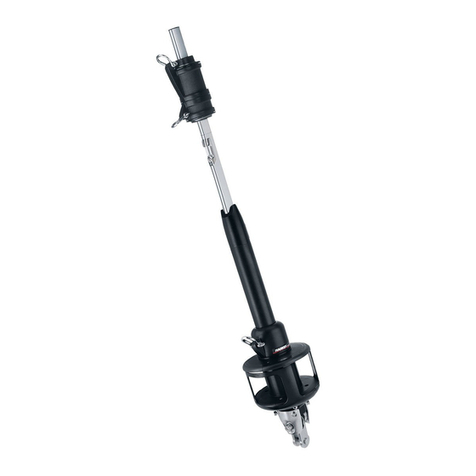
Harken
Harken MKIV OCEAN Unit 3 installation manual
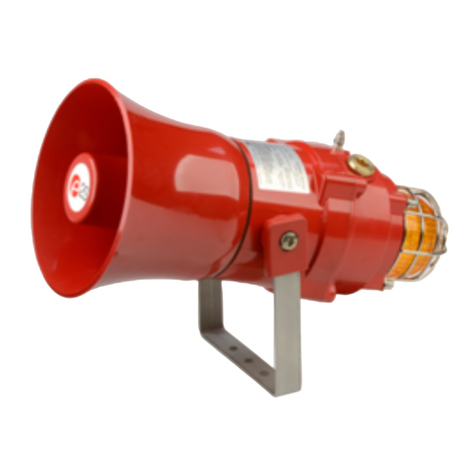
Epsilon Electronics
Epsilon Electronics BExCS110-05D-P DC012 instruction manual

Power-Pole
Power-Pole Downrigger instructions
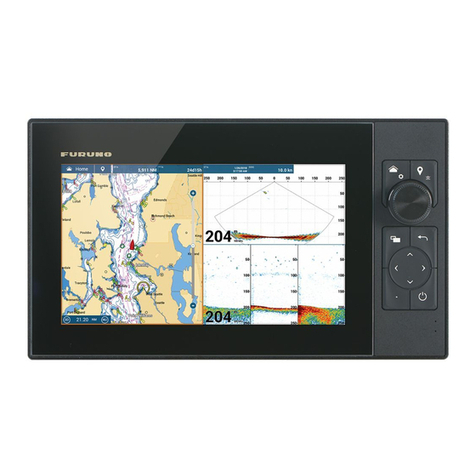
Furuno
Furuno NavNet TZtouch3 Series Installation checklist
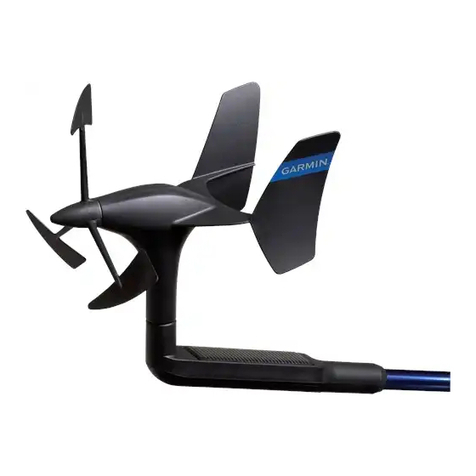
Garmin
Garmin gWind Installation instructions manual
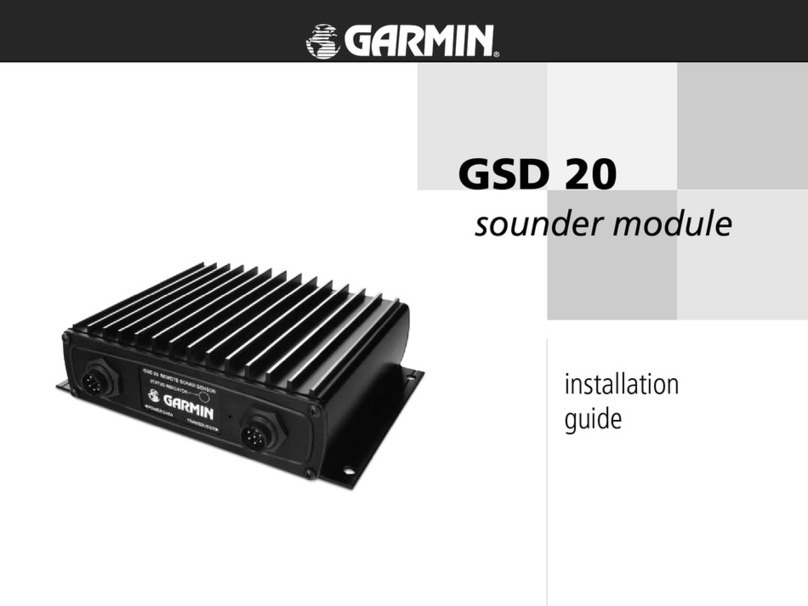
Garmin
Garmin GSD20 Sounder installation guide
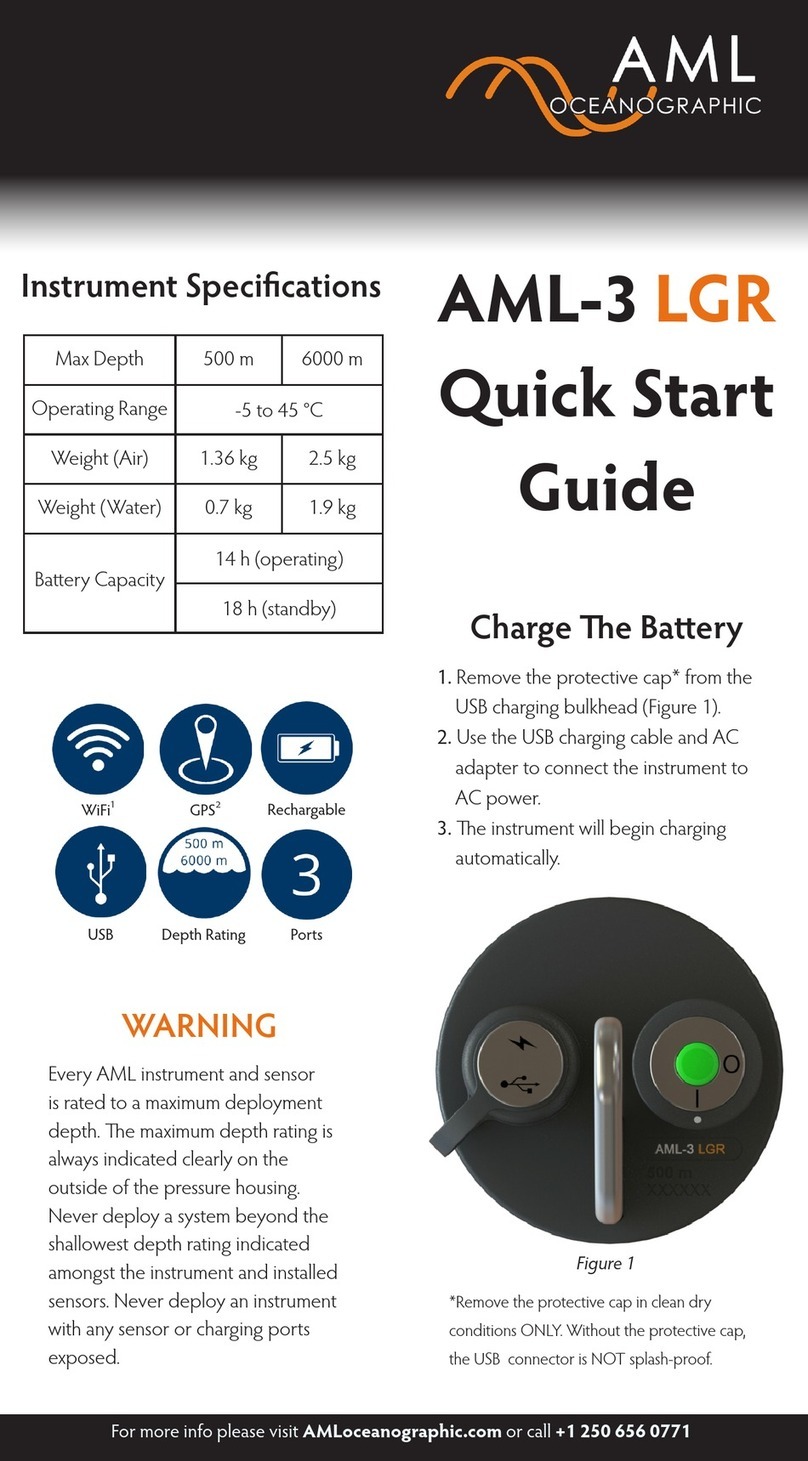
AML Oceanographic
AML Oceanographic AML-3 LGR quick start guide
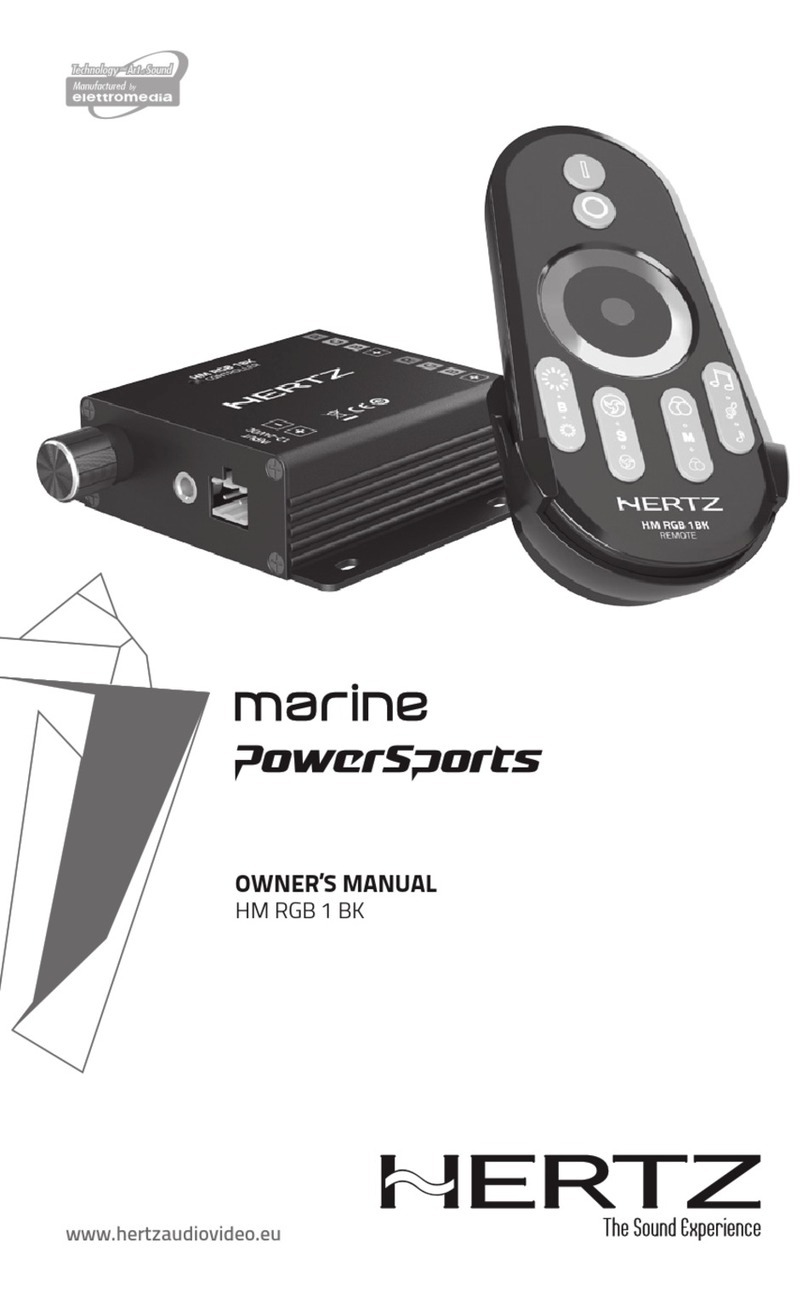
Hertz
Hertz PowerSports HM RGB 1 BK owner's manual

Federal Signal Corporation
Federal Signal Corporation G-SND-MV-D Installation and maintenance instructions

Nera
Nera Inmarsat-c Service manual
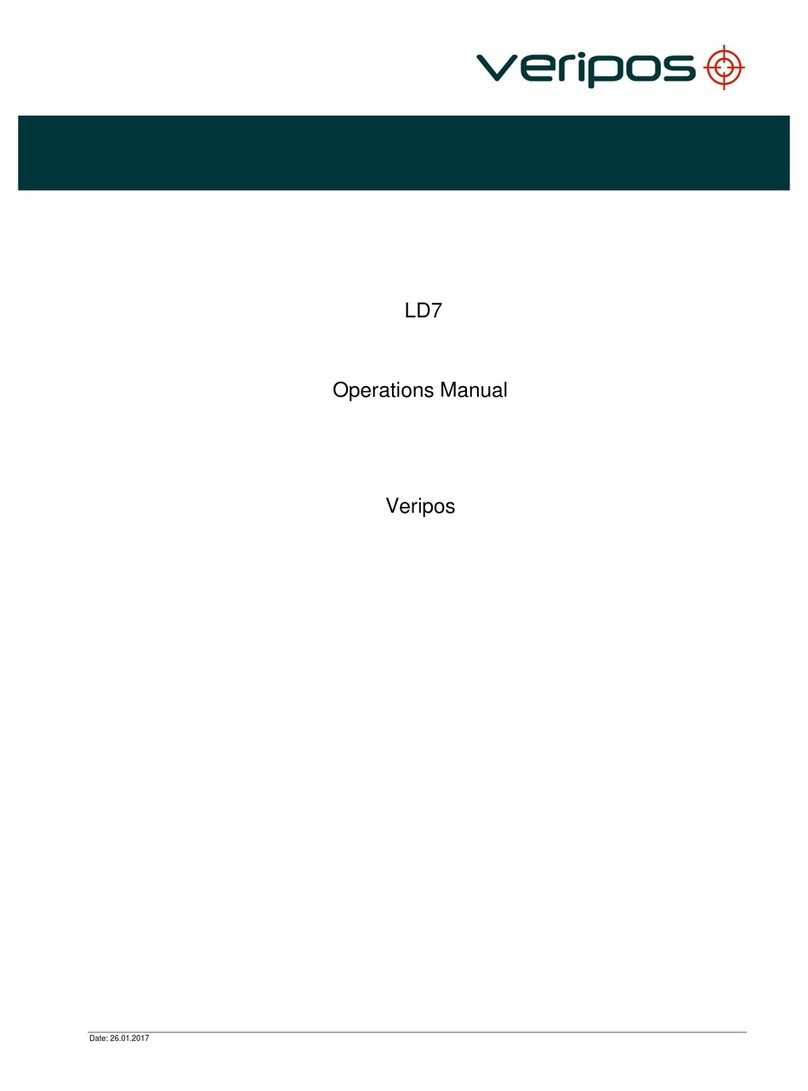
Veripos
Veripos ld7 Operation manual
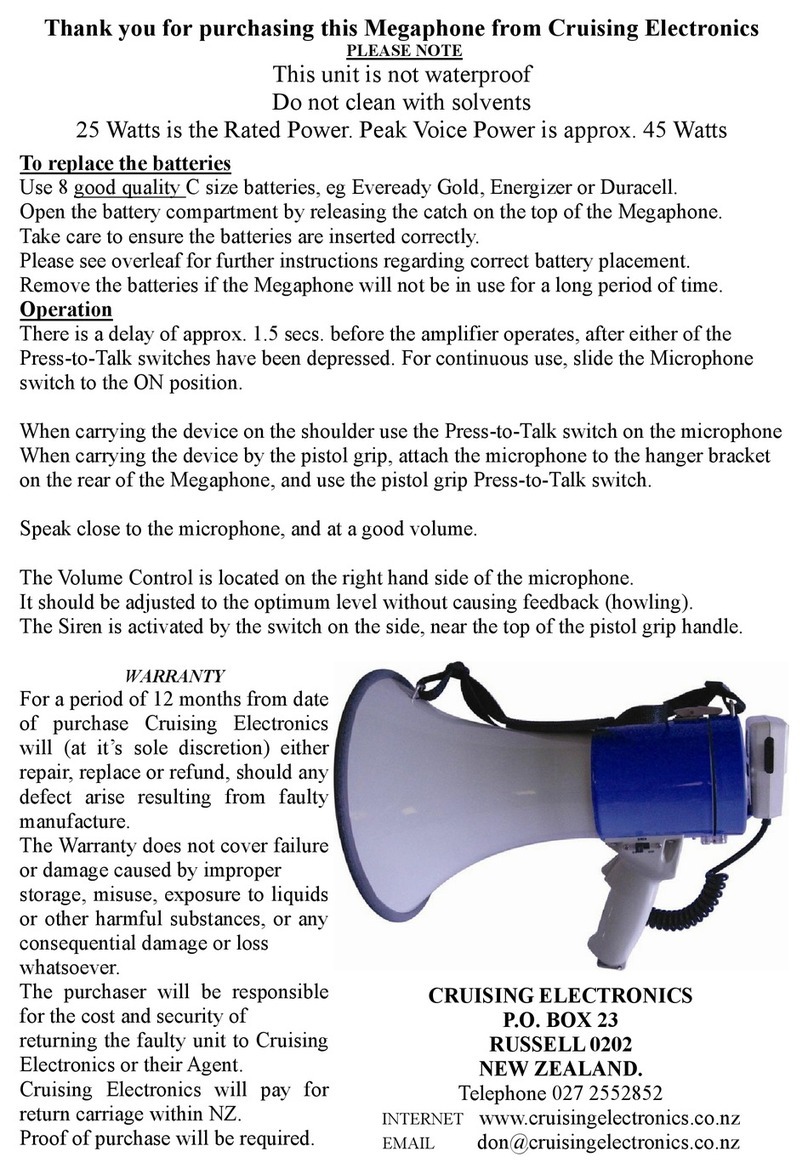
CRUISING ELECTRONICS
CRUISING ELECTRONICS ER-66S instructions

